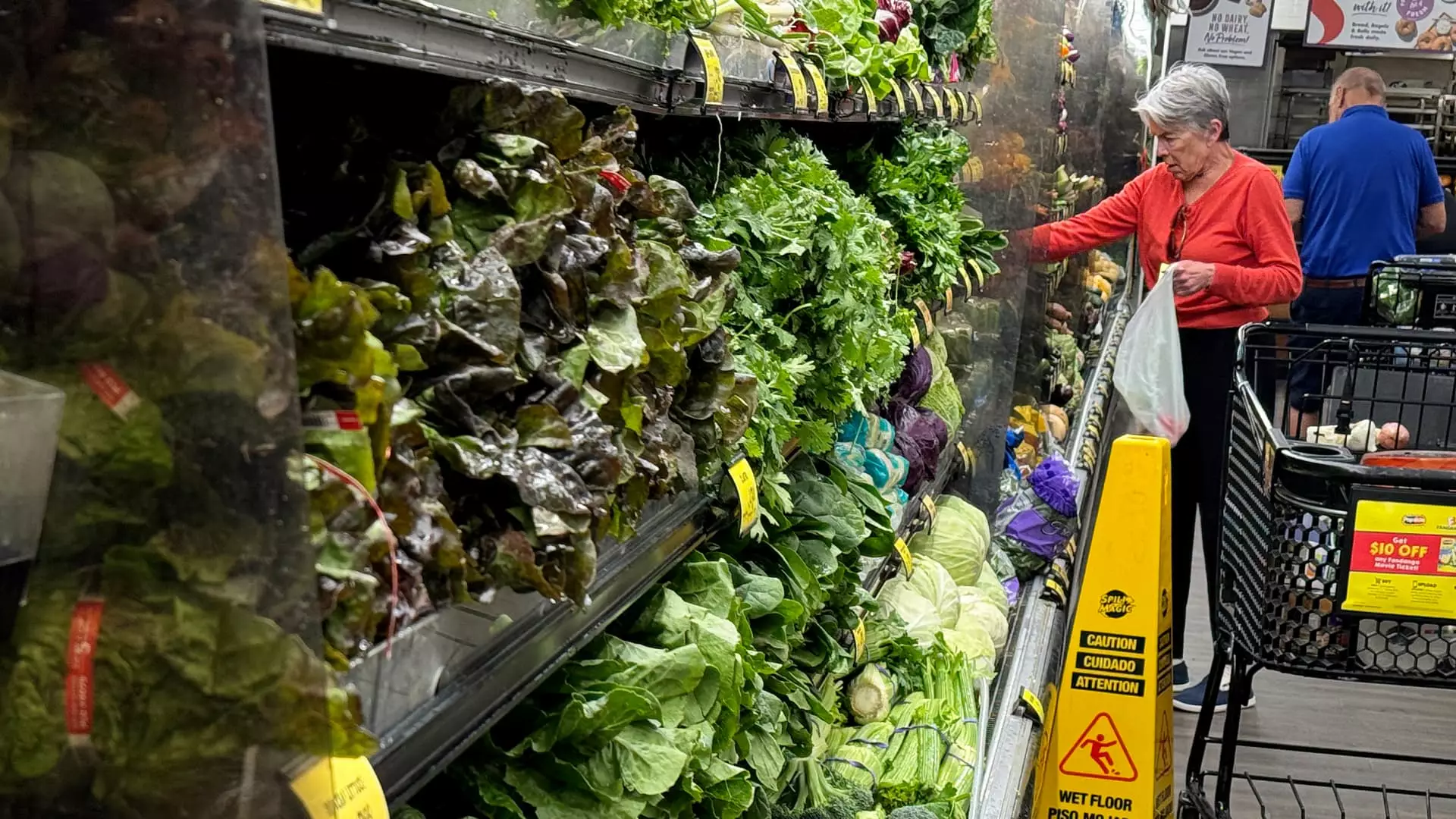Inflation in the United States continued to decline in July, with price pressures easing on consumer staples like food and energy, as well as physical goods such as new and used cars. The consumer price index (CPI), a crucial metric for measuring inflation, increased by 2.9% in July compared to the same month a year ago. This figure marks a decrease from the 3% recorded in June and represents the lowest reading since March 2021. The CPI provides insight into the rate at which prices are changing across the U.S. economy, encompassing items ranging from fruits and vegetables to haircuts, concert tickets, and household appliances.
According to Mark Zandi, chief economist of Moody’s, the data suggests that inflation for groceries is growing at a sluggish pace, which is positive news for consumers. Additionally, favorable trends in gasoline prices and market rents for new tenants are particularly encouraging, especially for lower-income individuals who are typically more financially strained. The July inflation reading, which significantly dropped from the peak of 9.1% during the pandemic era in mid-2022, is approaching the long-term target of around 2%.
The U.S. Federal Reserve uses inflation data to inform its interest rate decisions. During the Covid-19 pandemic, the Fed raised rates to their highest level in 23 years to combat inflation by increasing borrowing costs for consumers and businesses. However, recent labor market data has sparked concerns among investors about a potential U.S. recession. Despite these worries, many economists believe that the fears are exaggerated, at least for the time being. With decreasing inflation and a cooling labor market, it is probable that Fed officials will start reducing interest rates at their upcoming policy meeting in September, a move that could stimulate economic growth.
One major factor contributing to the consistent inflation levels is housing, which remains above the Fed’s target due to the significant impact of shelter expenses on inflation readings. Shelter represents the largest component of the CPI and exerts a considerable influence on inflation trends. Despite a decrease in June, shelter inflation rose by 0.4% in July, reflecting the slow-moving nature of housing inflation. The government’s method of measuring housing inflation may obscure positive developments in the real-time rental market.
Excluding shelter costs, the CPI increased by 1.7% in July, below the Fed’s target rate. Economists anticipate that shelter CPI inflation will gradually diminish due to prevailing trends in market rents. Other notable categories with substantial price hikes over the past year include motor vehicle insurance, medical care, personal care, and recreation. Prices in these segments have risen by significant percentages, indicating some areas of concern within the economy.
The resurgence of egg prices and moderate increases in categories like bacon and crackers have contributed to a 1.1% grocery inflation rate in July, down from an average of 11.4% in 2022. New and used car price surges from previous years are now translating into higher car insurance premiums and repair costs, which could potentially affect future inflation rates. Despite these fluctuations, economists expect that insurance inflation will subside as car prices decline. It is essential to monitor these various factors to understand the complex dynamics of inflation in the U.S. economy.
The steady decline in inflation rates in July reflects a positive trend for the U.S. economy. Easing price pressures on essential goods and services, coupled with potential interest rate cuts by the Federal Reserve, may help stimulate economic growth and alleviate financial burdens on consumers. By closely monitoring inflation metrics and understanding the underlying factors driving these changes, policymakers and economists can make informed decisions to sustain a stable economic environment.

